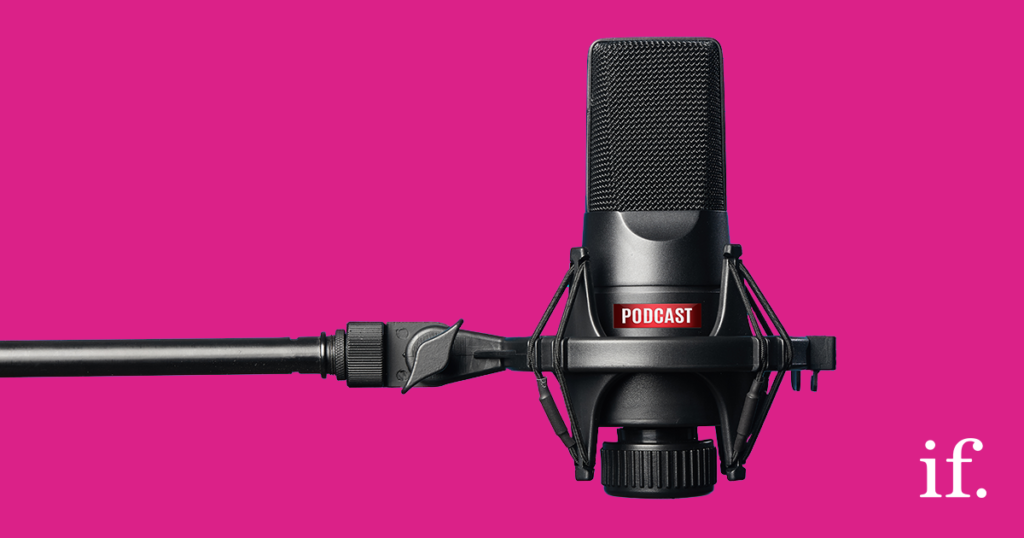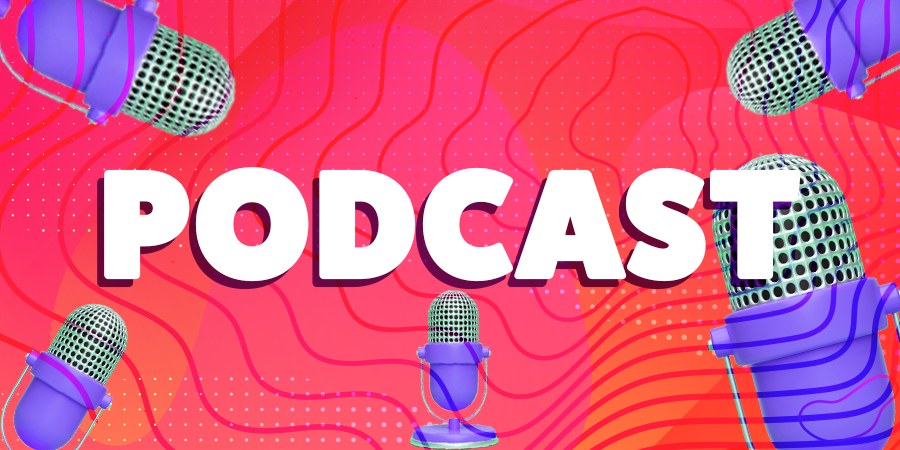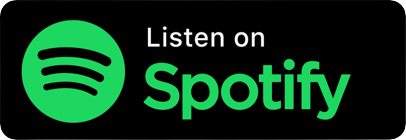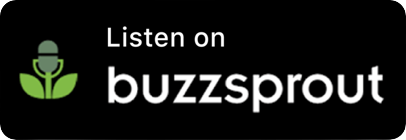
Ep 20: Serious Social – It ain’t just about the hashtag
If you’re after more know-how to break the social boring, subscribe now.
Full Transcript
Welcome to the Serious Social podcast, created by the straight-talking social media experts at immediate future.
Welcome to Serious Social – I’m Belle Lawrence, and today we’re talking content.
If you’ve been keeping up with our series, you’ll have heard CJ debunking myths – one of which we hear all too often, and that is “we don’t have enough content or the right content for social media”. To be fair, if a business hasn’t focussed resource on their social media marketing by either not having enough people or the right people, it can be really challenging. In fact, the roles in social media these days encompass not just posting on social…but skills in copywriting, visual branding, strategy, crisis and customer service, paid ad campaigns, tracking and analytics – the list goes on!
So when it comes to what is usually the first step in many journeys to producing and posting social content – the planning, where do you start and what do you include? I’m bringing you a foolproof list you can explore, so take notes!
- It ain’t just about hashtags! Now there’s certainly a place in a social media content planning for utilising trending hashtags, or planned interest days – but the planner who relies too heavily on #hugashed day is a lazy planner. Don’t rule them out totally, but there must be a rationale behind using it. On 17th July it was #WorldEmojiDay – most users of social recognize and enjoy an emoji, so if your channel strategy includes entertaining your audience, you should be able to come up with something cute or fun, maybe quiz based or asking for engagement – great. But if you’re a tech brand who is on social to inform your audience about innovative products, steer clear. Oh, and while I’m at it, please stop using irrelevant hashtags in your posts! Leave that for the spammers – success on social isn’t about the comments and likes you get from bots based somewhere random around the world, it needs to be meaningful.
- I mentioned strategy – that’s really where you should start – why are you on social? What does your audience want from you? And how are you measuring that success – it will be different for each brand and industry sector. We know that senior c-suite audiences in the B2B space are watchers but not engagers, so don’t measure on engagement, ensure you’re clocking that video watch time.
- We recently ran a Facebook instant experience targeting the tech c-suite which had an average watch time of over 11 minutes, because the video segments we included were strong and engaging, answering key questions for this audience.
- But on the B2C side, we track the engagement rate on Instagram for an FMCG brand, and our recent data shows we’re at 8.5% last month, compared to 3.5% they were achieving when we started working with them earlier this year.
Your strategic goals should sit at the top of your content planning filter – you don’t need to start there, but once you come up with an idea you can sense check it against your goals.
- OK, so now really, here are some ideas you can look into for content creation and planning.
- First – stories. Every organisation has these, but sometimes it takes some work to find and develop them. You can look at customer stories – don’t call them case studies in your social post! – you can look at staff stories, the business history, why the business is based in your town and what makes it special, and ‘giving back’ stories like charity or CSR activities. These stories are evergreen content and give your brand a personality and solidify the reasons someone may want to work with you or buy from you.
- Second – curating content is cool, too. Truly the mantra of sharing is caring applies to social – it’s always been the case that content which helps your audience in some way works well – if you value their time, your content needs to show that and give them something in return. How do you determine whether or not you should share something which you don’t own – research. If you understand what your audience want or need, you can bookmark industry publications, review competitors or use a tool like Feedly to draw lots of content together into one place. You’ll need to decide what you or your business believes is relevant, or offer a comment on the piece in order to keep your personality, so you could reach out to your thought-leaders internally for comment, or tag them in your post if they’d be up for replying.
- Third, and along the same lines, the research you do will give you ideas – if there’s a hot topic which keeps cropping up, or your thought-leaders have a particular standpoint, you can develop that into a bigger piece of content.
- Here’s the quickfire round… here’s a rundown of some social content ideas, pens at the ready… run a poll, ask a question, offer top tips, answer an FAQ, give a shout out to partner/colleague/client, do a spotlight on a product or service, share some behind-the-scenes or did-you-know points, create a list of interesting blogs or podcasts, offer a whitepaper or research piece, and lastly, re-share older evergreen content with an “in case you missed it” ICYMI tag.
- Lastly – sweat that asset. It seems simple, but if you start your content planning with some thought into how you’ll present it to the world – by that, I mean what format, will it be a video, an image – then it makes things far easier once the first piece is produced. Written a blog? You should be able to shatter that into a few social posts, calling out key points – and while you’re at it can you make them soundbites using the new audio tweets? Should it be recorded as a video like this, and while you’re at it, should you bring a thought-leader into the video and interview them? Have you considered that a video recording could be sliced into quick 15 second vertical segments for story formats? Often, a lot of time is put into the creation of the first piece of content, it’s shared once and forever consigned to the depths of your website – what a shame, right?! Visual content will always work better on social – if you do need to bring in content from your organisation which hasn’t been created “social-first”, a key consideration will be how to make it visual and work for you in social.
If all of this is more than you can manage in your role, you might need to look for external help like an agency – great content planning isn’t about finding a trending hashtag, it’s much more than that.
Thank you for tuning in, we’ll be back with more best practice and tips very soon, and don’t forget you can catch up on all our Serious Social episodes on YouTube, Facebook or as a Podcast.
If you’re after more know-how to break the social boring, subscribe now and check out the show notes for links to our website and social profiles.



